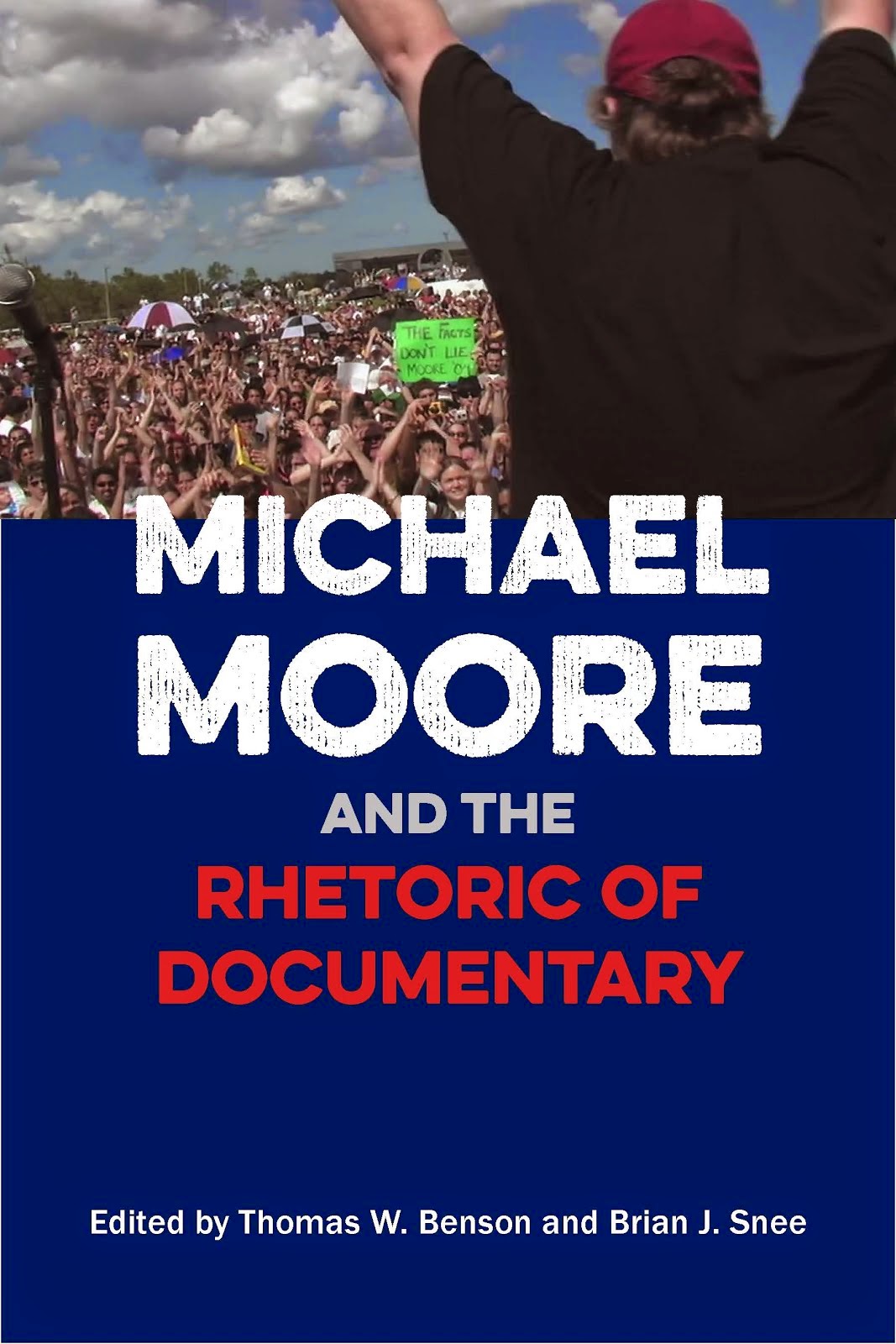“To those who say this civil rights program is an infringement on states’ rights,” he thundered from the convention podium, “I say this: The time has arrived in America for the Democratic Party to get out of the shadow of states’ rights and to walk forthrightly into the bright sunshine of human rights.”qtd in Rick Perlstein, "America's Forgotten Liberal," New York Times, 27 May 2011.
Friday, May 27, 2011
Hubert Humphrey at 100
Monday, May 16, 2011
Speaking Hermeneutically

John Arthos, Speaking Hermeneutically: Understanding in the Conduct of a Life (Columbia: University of South Carolina Press, 2011), series in Rhetoric / Communication.
from the publisher:
John Arthos discovers and promotes an organic reciprocity between rhetoric as a humanist practice and hermeneutics as a theoretical comportment. Although these two traditions have a long and rewarding collaboration, it is only now that we begin to realize their potential for radically remaking the way we think and speak as social animals. Arthos marries the performative competencies of rhetorical practice with the circularity of hermeneutic understanding in a way that redefines the syntax of a humanist education in the twenty-first century. As a counter to the linear, technical rationalism that permeates common culture and educational praxis, Speaking Hermeneutically shows how a hermeneutically inflected rhetoric can lead to refashioning habits of thought and speech, the constitution of personal identity, the conventions of social engagement, and the deliberative practices that form the basis of public institutions. Arthos adapts the hermeneutics of Martin Heidegger, Hans-Georg Gadamer, and Paul Ricoeur to a series of classic rhetorical texts and landmark political moments, modeling the revitalized interchange of traditions in a way that will be accessible to scholars and students in both fields of inquiry.
John Arthos is an associate professor in the Department of Communication and the John and Christine Warner Chair at Denison University in Granville, Ohio. He is also the author of The Inner Word in Gadamer's Hermeneutics.
Friday, May 6, 2011
Roots of new media

Sheila C. Murphy, How Television Invented New Media (Rutgers University Press, 2011).
from the publisher:
Television is a global industry, a medium of representation, an architectural component of space, and a nearly universal frame of reference for viewers. Yet it is also an abstraction and an often misunderstood science whose critical influence on the development, history, and diffusion of new media has been both minimized and overlooked. How Television Invented New Media adjusts the picture of television culturally while providing a corrective history of new media studies itself.
Personal computers, video game systems, even iPods and the Internet built upon and borrowed from television to become viable forms. The earliest personal computers, disguised as video games using TV sets as monitors, provided a case study for television's key role in the emergence of digital interactive devices. Sheila C. Murphy analyzes how specific technologies emerge and how representations, from South Park to Dr. Horrible's Sing-Along-Blog, mine the history of television just as they converge with new methods of the making and circulation of images. Past and failed attempts to link television to computers and the Web also indicate how services like Hulu or Netflix On-Demand can give rise to a new era for entertainment and program viewing online. In these concrete ways, television's role in new and emerging media is solidified and finally recognized.
Wednesday, May 4, 2011
In the Land of Cotton

Karen L. Cox, Dreaming of Dixie: How the South Was Created in American Popular Culture (Chapel Hill: University of North Carolina Press, 2011).
from the publisher:
From the late nineteenth century through World War II, popular culture portrayed the American South as a region ensconced in its antebellum past, draped in moonlight and magnolias, and represented by such southern icons as the mammy, the belle, the chivalrous planter, white-columned mansions, and even bolls of cotton.
In Dreaming of Dixie, Karen Cox shows that the chief purveyors of this constructed nostalgia for the Old South were outsiders of the region, especially advertising agencies, musicians, publishers, radio personalities, writers, and filmmakers playing to consumers' anxiety about modernity by marketing the South as a region still dedicated to America's pastoral traditions. Cox examines how southerners themselves embraced the imaginary romance of the region's past, particularly in the tourist trade as southern states and cities sought to capitalize on popular perceptions by showcasing their Old South heritage. Only when television emerged as the most influential medium of popular culture did views of the South begin to change, as news coverage of the civil rights movement brought images of violence, protest, and conflict in the South into people's living rooms. Until then, Cox argues, most Americans remained content with their romantic vision of Dixie.


















